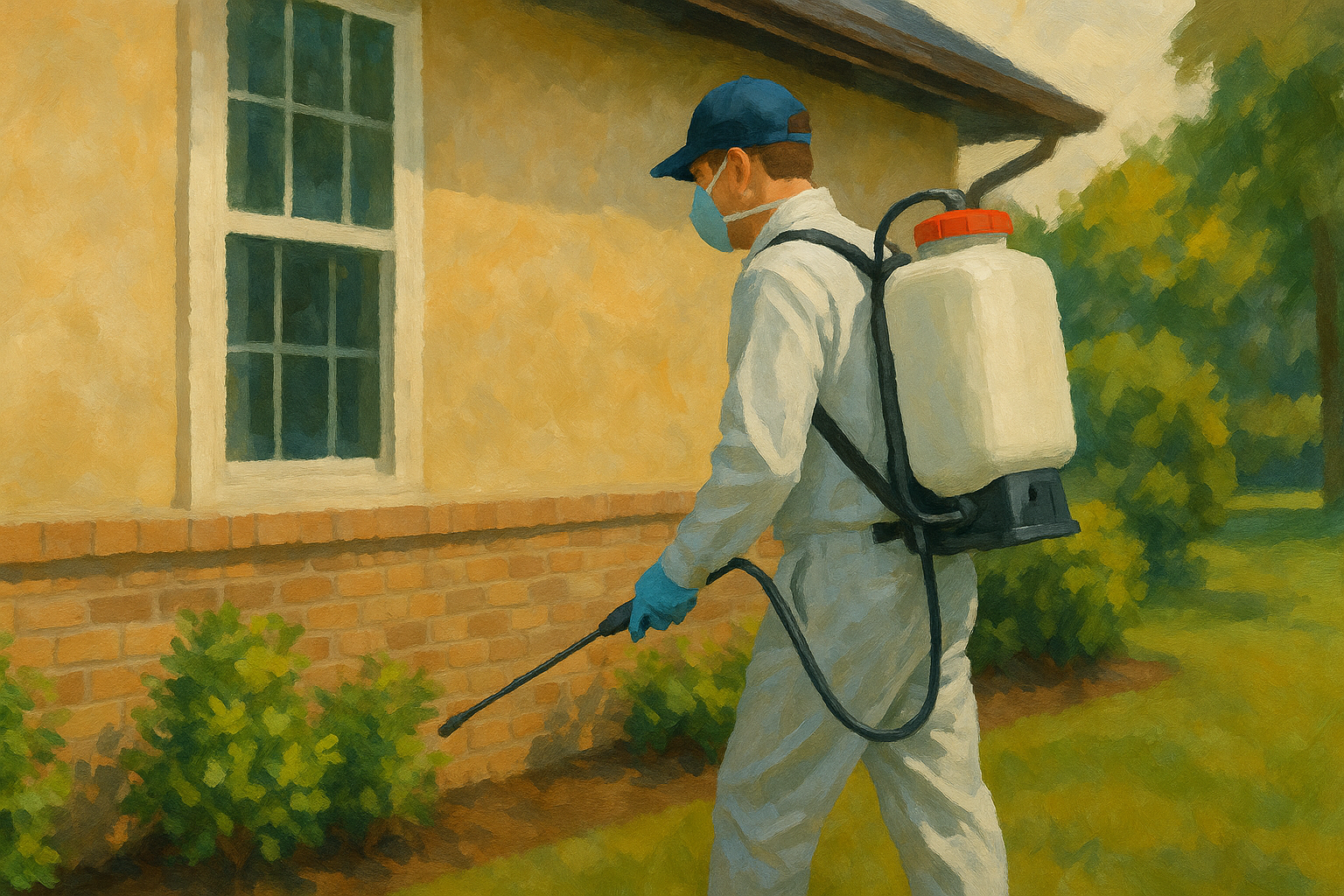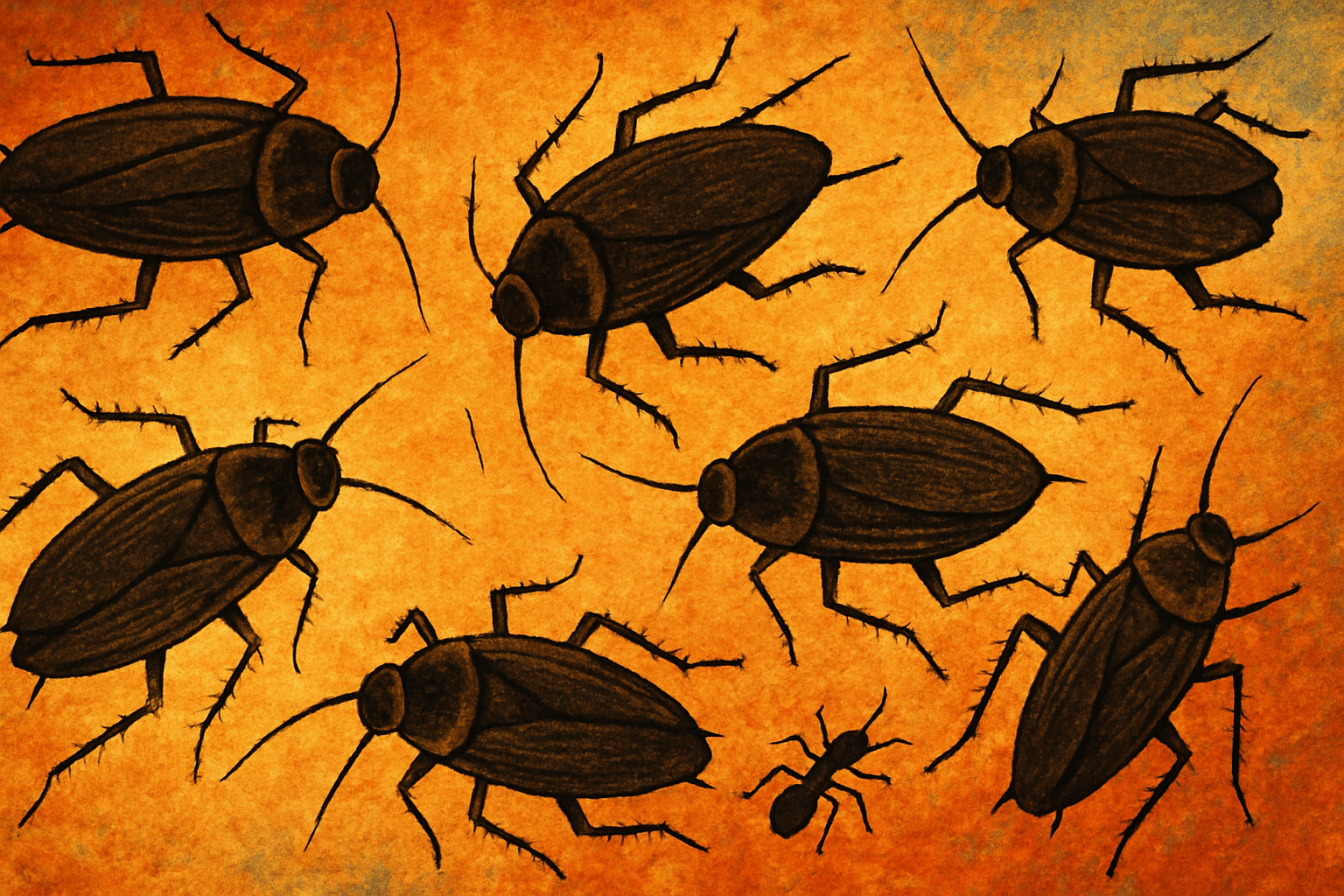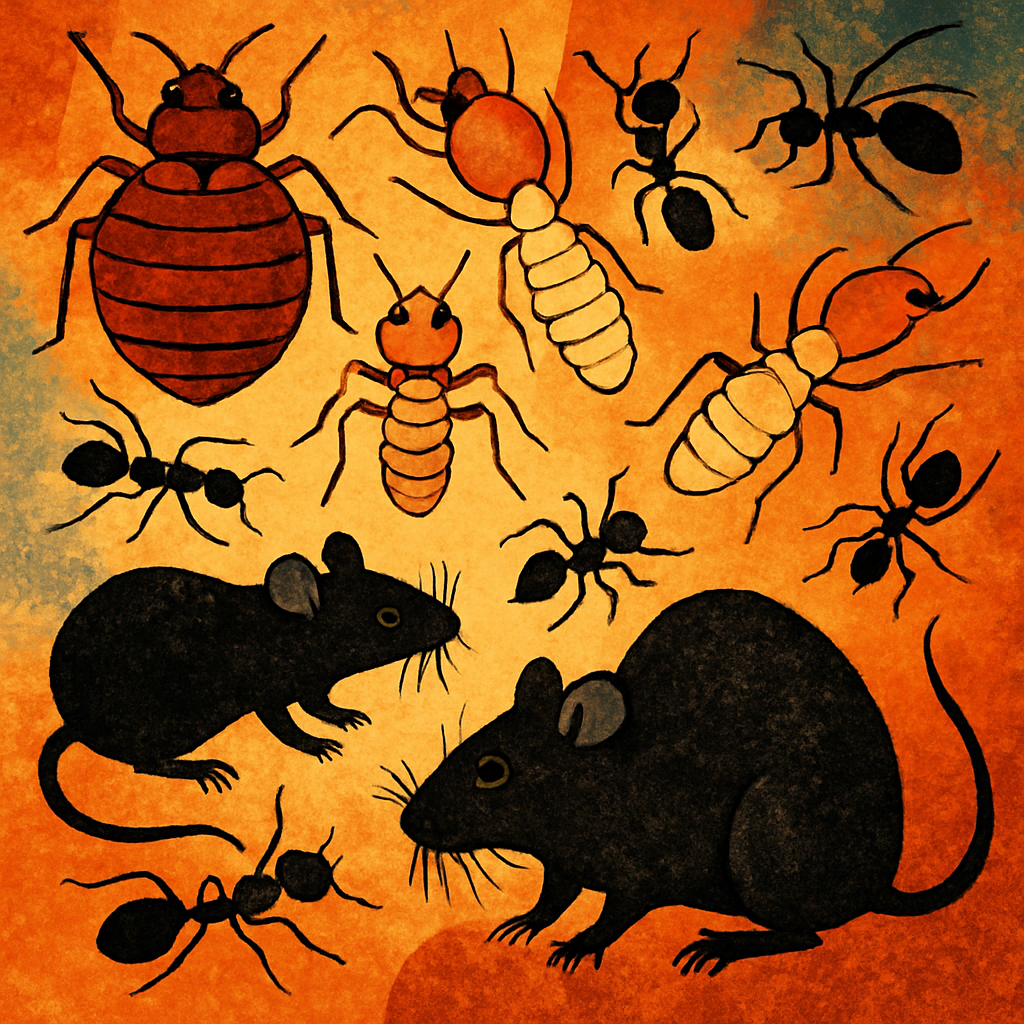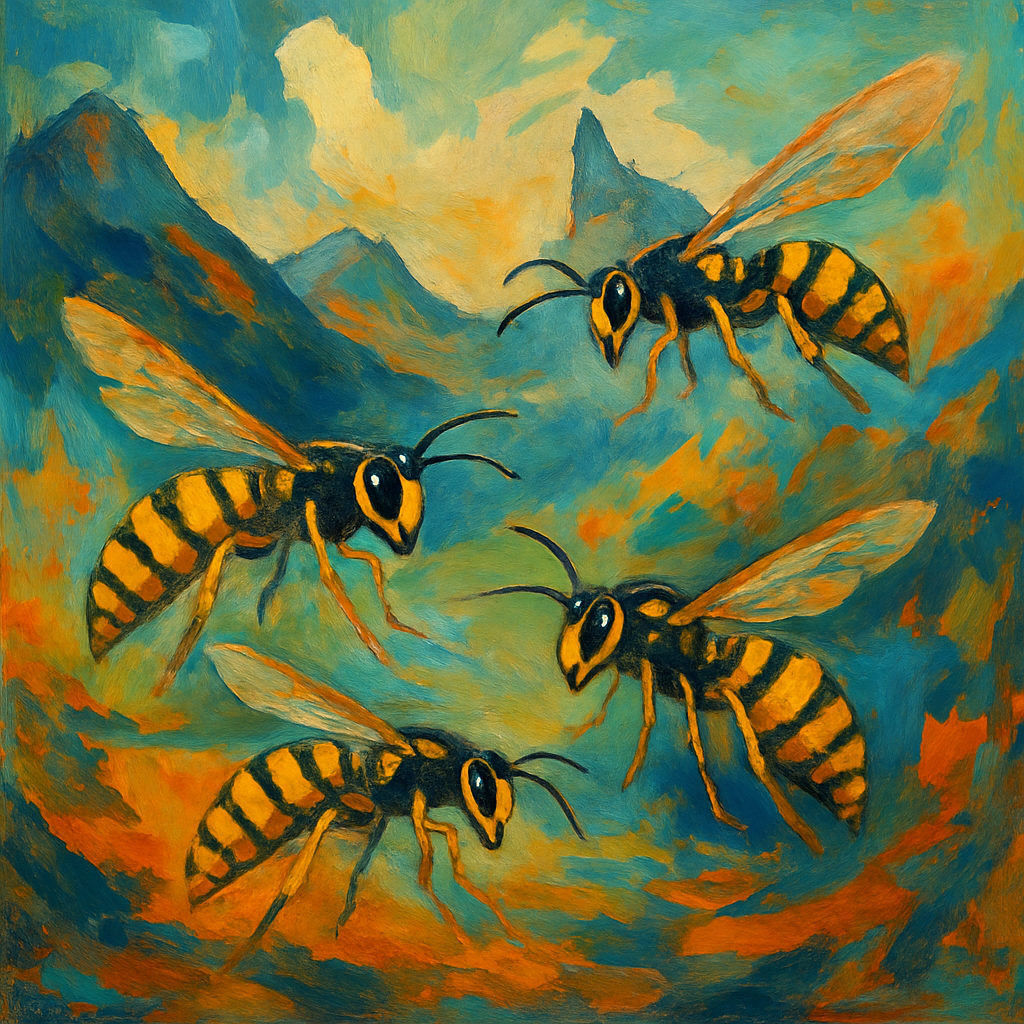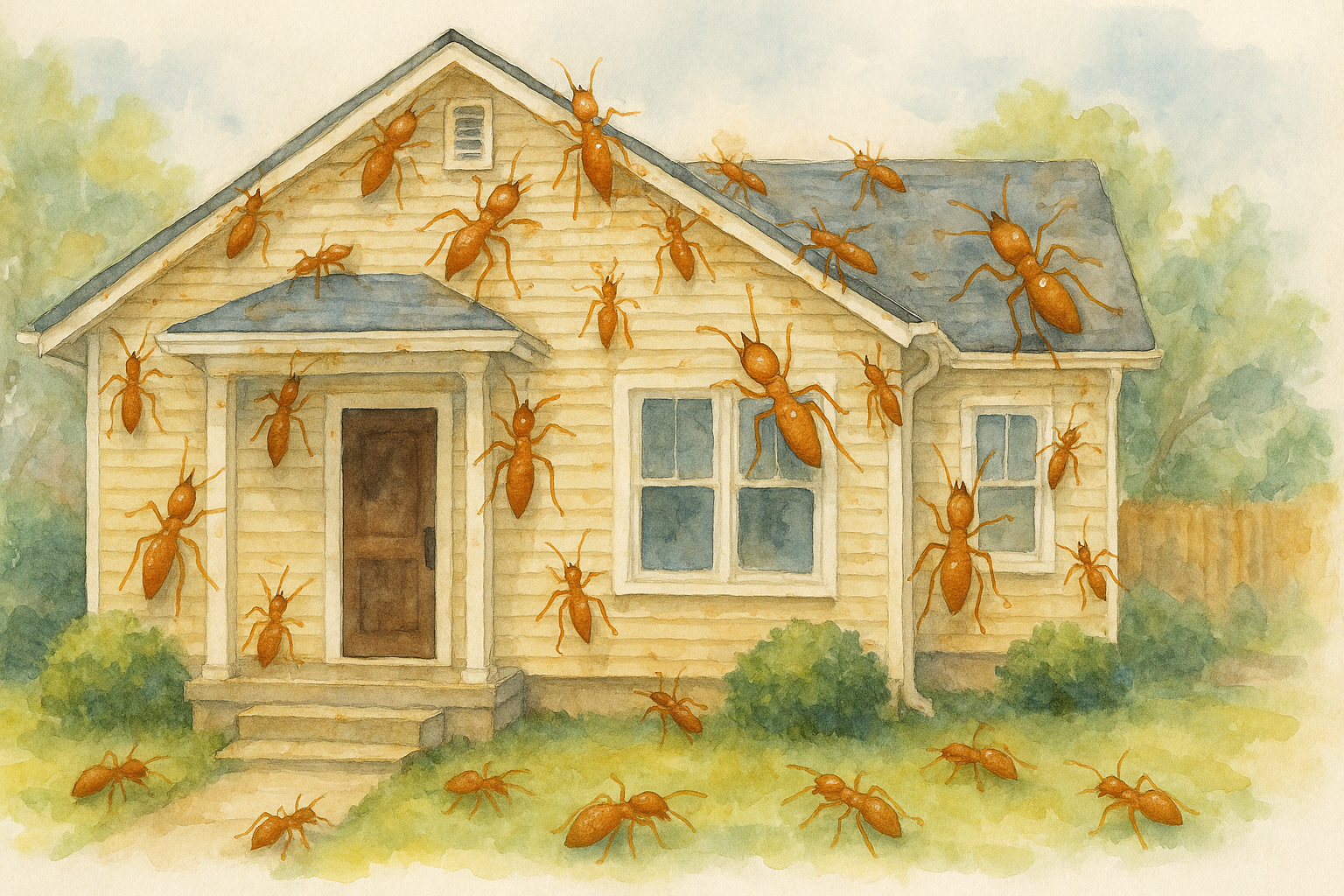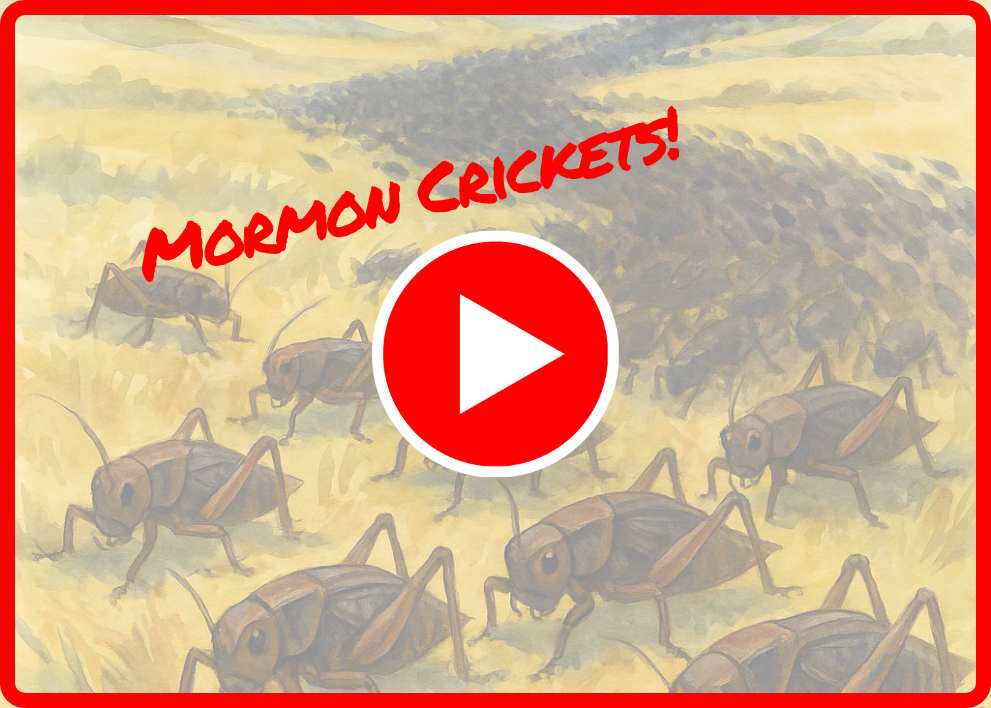Idaho is home to a diverse range of ant species, spanning various habitats, from dry plains to montane forests. Some of these ants are beneficial to ecosystems, while others can become nuisances when they invade homes and properties. Here’s a look at some of the common types of ants you may encounter in Idaho:
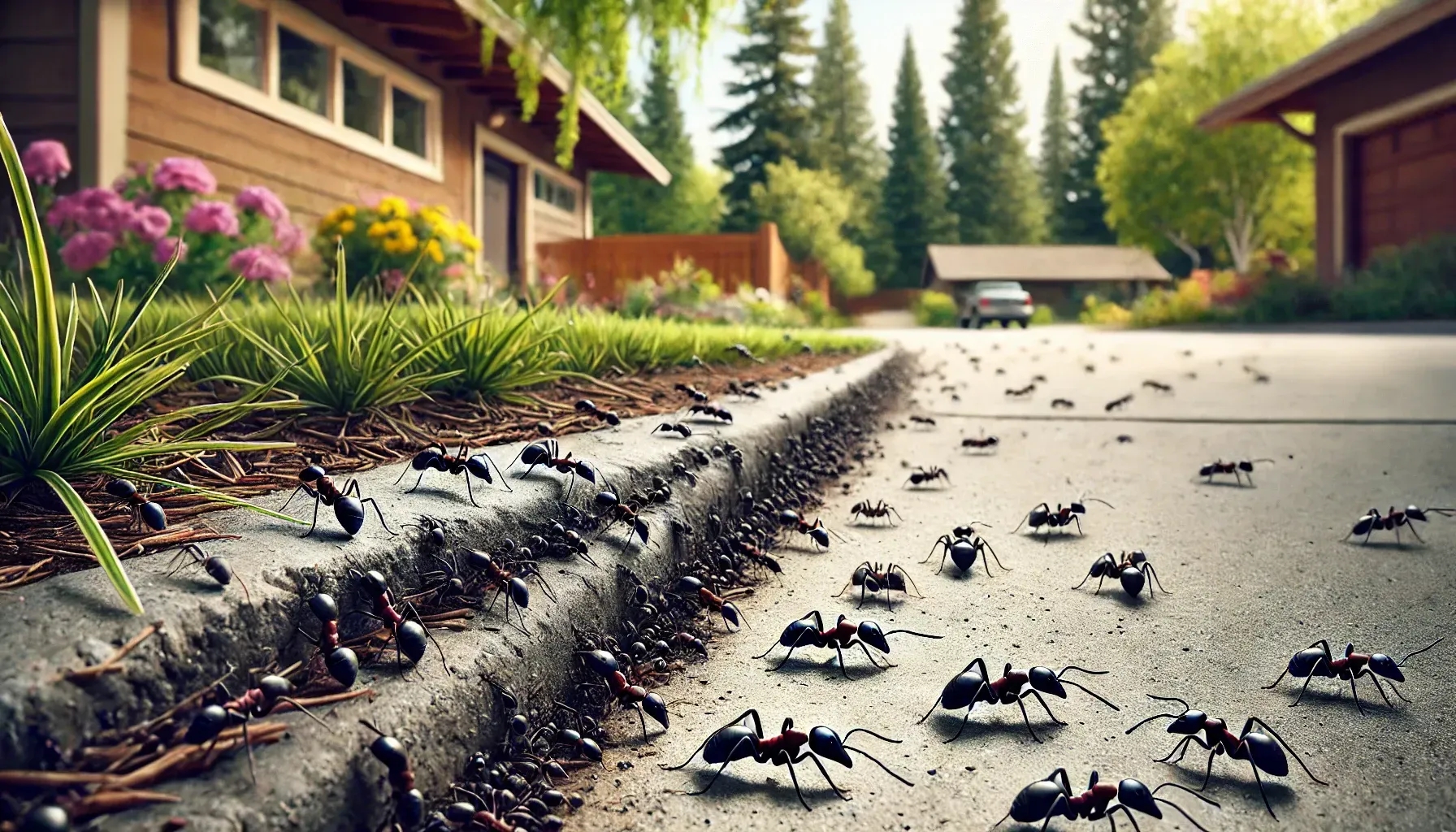
1. Carpenter Ants (Camponotus vicinus)
Carpenter ants are one of the most common ant species in Idaho and can be a significant structural pest. They prefer nesting in moist, decayed wood but can extend their tunnels into sound wood, potentially causing structural damage to homes. These ants do not consume wood like termites; instead, they excavate it to build nests. Carpenter ants are often found in forests and urban environments, particularly in areas with decaying trees or wooden structures(Chen et al., 2002).
2. Harvester Ants (Pogonomyrmex salinus)
Harvester ants are another prevalent species in Idaho, particularly in the southern regions. These ants are well-known for their large mounds and their seed-harvesting behavior. Harvester ants play an essential role in seed dispersion, but they can also reduce seed survivorship for some native plant species. They are primarily found in desert or sagebrush-steppe habitats and are known to nest in open areas where sunlight can reach their nests(Robertson & Robertson, 2020).
3. Field Ants (Formica spp.)
Field ants are common in Idaho’s forests, grasslands, and urban areas. They are primarily scavengers but also prey on other insects. One interesting aspect of field ants is their symbiotic relationship with aphids, which they tend to in exchange for honeydew. Some species of field ants construct large mounds, particularly in forested areas, where they play an essential role in the ecosystem by aerating the soil and controlling insect populations(Clark & Blom, 2007).
4. Pavement Ants (Tetramorium caespitum)
Pavement ants are a frequent sight in urban areas, often nesting under sidewalks, driveways, and building foundations. These ants are small and dark brown and are commonly seen foraging in homes for food. While they are not as destructive as carpenter ants, their persistent presence can make them a nuisance in residential areas.
5. Odorous House Ants (Tapinoma sessile)
Odorous house ants are aptly named due to the strong, rotten coconut-like smell they emit when crushed. These ants are small and black or brown and are commonly found in homes, particularly where food is accessible. They nest in a wide variety of environments, from outdoors under logs or stones to indoors within walls or floorboards.
Conclusion
Idaho is home to a variety of ant species, each playing different roles in the environment. While some, like harvester and field ants, contribute positively to ecosystems by dispersing seeds and controlling pests, others, like carpenter ants and odorous house ants, can become nuisances when they invade homes. Understanding the different types of ants and their behaviors can help in managing their populations effectively, whether through preventive measures or professional pest control.
Works Cited
Chen, Y., Hansen, L., & Brown, J. L. (2002). Nesting Sites of the Carpenter Ant, Camponotus vicinus (Mayr) in Northern Idaho.https://academic.oup.com/ee/article/31/6/1037/456195?login=false.
Clark, W. H., & Blom, P. (2007). Annotated checklist of the ants on the Idaho National Laboratory. Sociobiology, 49, 1-117.https://idfg.idaho.gov/species/bibliography/1491338.
Robertson, I., & Robertson, W. G. (2020). Colony dynamics and Plant Community Associations of the Harvester Ant, Pogonomyrmex salinus in Sagebrush-Steppe Habitat. Environmental Entomology, 49, 983-992.https://academic.oup.com/ee/article/49/4/983/5859993?login=false.
Contact Today For $100 Off Your Initial Service!
⭐⭐⭐⭐⭐
Backed by our Bigfoot Guarantee!
What Customers Are Saying:
"Everyone from Bigfoot is awesome. They are always on time. They're extremely thorough. I've not had a single issue in the two years they have been treating our home. Well worth it!"
T. Potter | Meridian, ID
